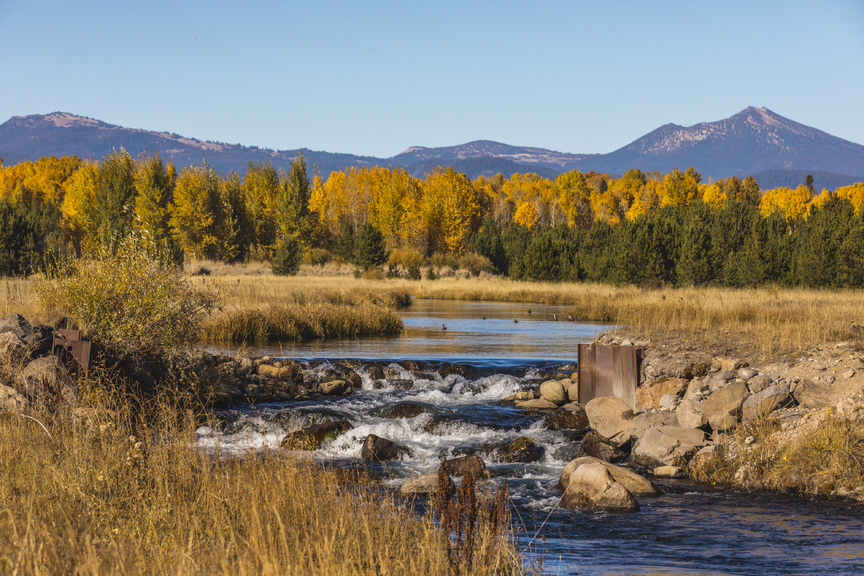
Salmon Will Run Free for the First Time in 100 Years Thanks to History’s Largest Dam Removal Project
The Klamath River will have four major dams removed in a momentous victory for native tribes, fishing groups, and environmentalists.

The U.S. Federal Energy Regulatory Commission announced on Thursday approval of an act that seeks to restore habitat for endangered salmon, decommissioning four dams straddling the California-Oregon border in the Klamath River. It is the largest dam removal project in U.S. history, and will free up the route that Chinook salmon and endangered coho salmon take for their run from the Pacific Ocean to their upstream spawning grounds, and from where the young fish return to the sea. Many environmentalists and local native tribes believe that this is a step in the right direction towards saving these wild salmon from extinction.
“Dam removal started out as a dream, and today it came to a reality with FERC’s decision,” said Ryan Ray, who represents the Requa District on the Yurok Tribal Council. “What this means to our community and everyone in the basin is healing. Not just for our river, but for our communities. There’s a light at the end of the tunnel, and we can see that now.”

Salmon have made their heroic runs up through these wild lands and waters for thousands of years, migrating upstream along fast-moving mountain rivers for hundreds of miles all while climbing thousands of feet in elevation to the precise location of their birth. Then dams, as well as a stint of overfishing in years prior, put that to a near halt.
The fight to remove these dams has been ongoing on for 20 years, being championed by environmental organizations, commercial fishing groups, and tribes that spent years fighting for the river’s restoration. The $500 million demolition project is not just a victory for the salmon, but for the health of the entire river ecosystem. The land will be surrendered by PacifiCorp, a unit of Warren Buffett’s Berkshire Hathaway, which used it for clean energy production. PacifiCorp agreed to contribute $200 million to the removal, which will be paid for by a surcharge in energy bills to Oregon and California taxpayers. The dams were originally built by the corporation between 1903 and 1967.
It seems this may be part of a larger movement by the federal government to rectify the years of wrong towards the region’s first residents, who rely heavily on river ecosystems. Earlier this year, on March 21, the federal government convened in a Nation-to-Nation consultation between U.S. agencies and departments and leaders and representatives from the Tribes of the Columbia River Basin further North of Klamath, where there are similar concerns for river health.
Demolition of the first dam will take place early in 2023. The remaining three dams will go in 2024, with the full demo being completed by the year’s end.
Read the Current Issue Here!
Get one year of Sunset—and all kinds of bonuses—for just $24.95. Subscribe now!
